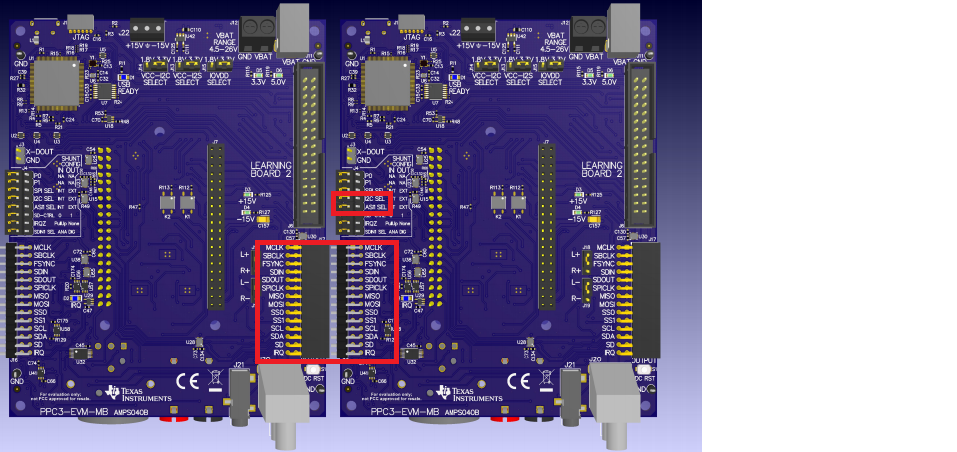Other Parts Discussed in Thread: TAS2557, TAS2560
Dear team,
As title, do you know how to sync two mother boards with total 4 pcs TAS2563 together? Is it possible to sync delay and protection time?
And I am interested in smart amplifier with low power output, such as the TAS2563, which has a mono channel. On the other hand, high power output, such as the TAS5825, have stereo channel. Is there any product reference design that can be shared with me? I am researching which products are right for my customer's project.
Thank you.


